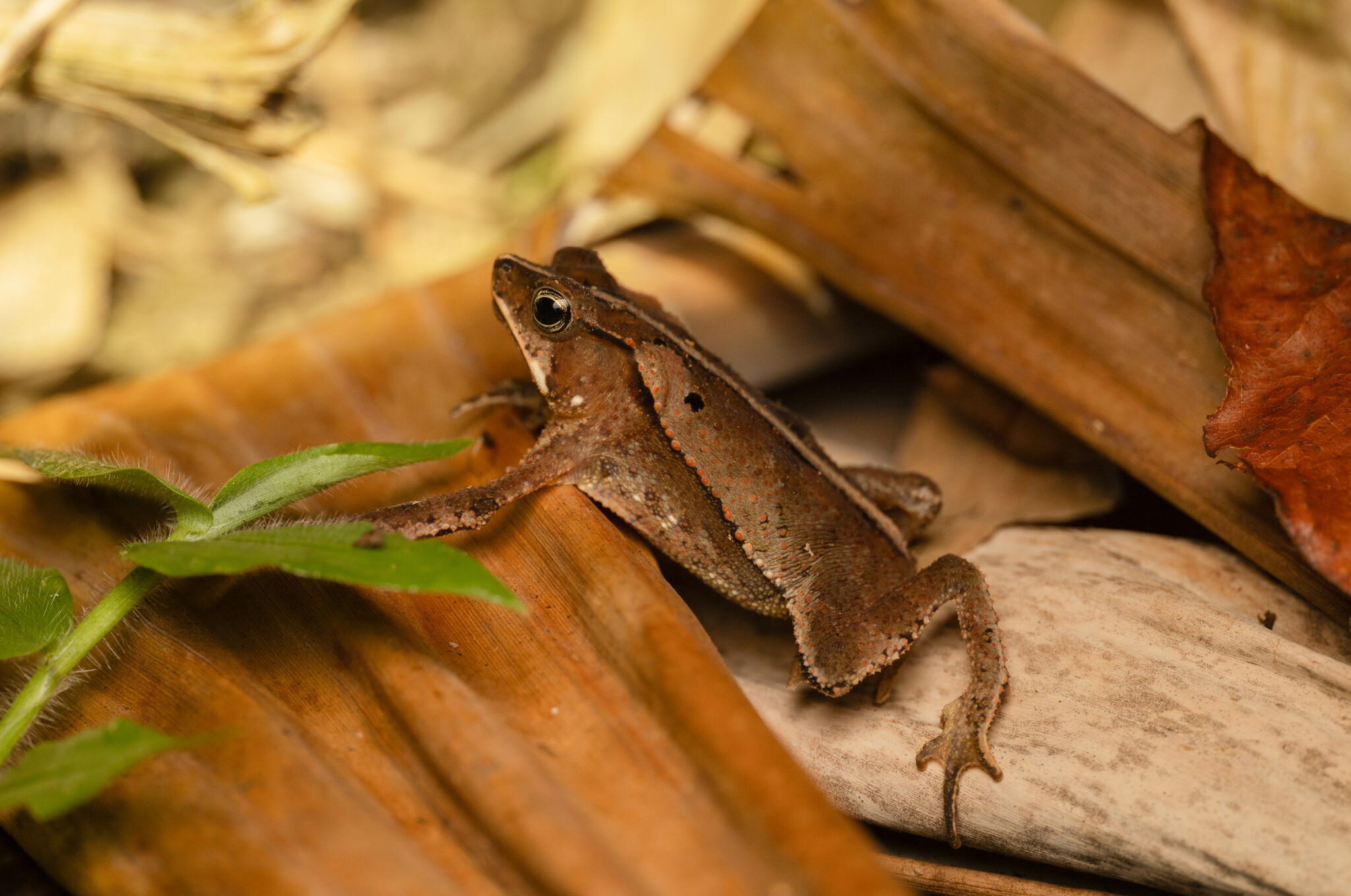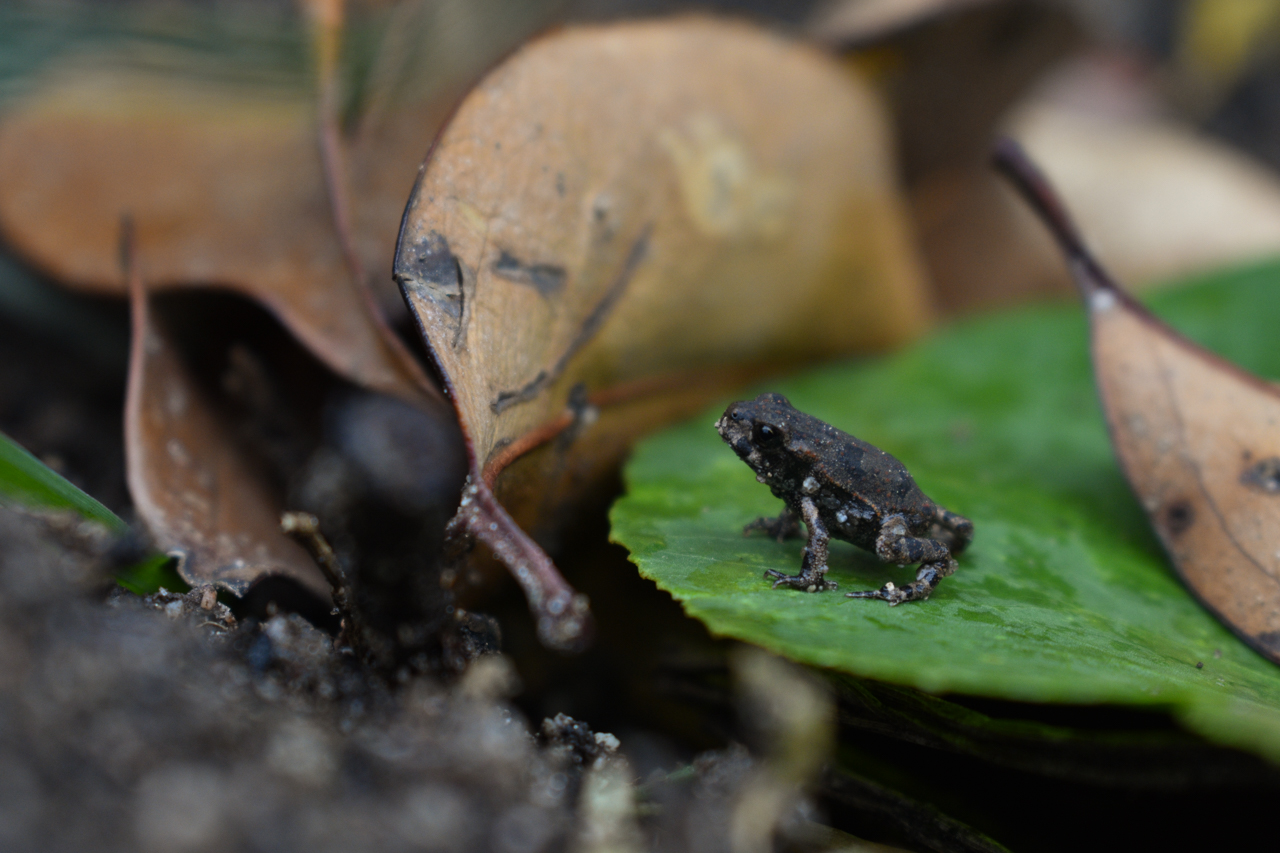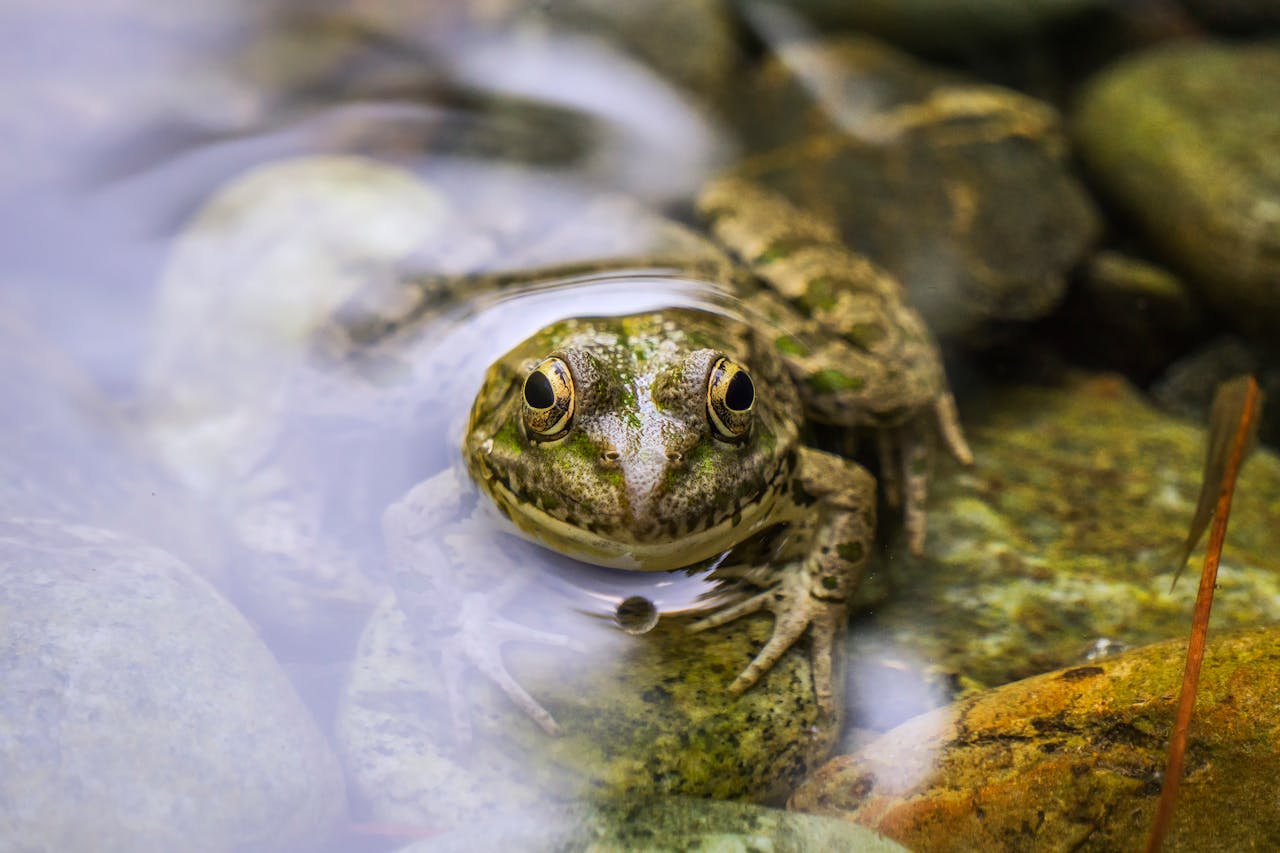Frogs are fascinating creatures that spend much of their lives balancing between water and land. Their activity patterns—when they come out and why—are shaped by their need to survive, breed, and thrive in their environments.
Why do frogs come out when it rains?
Frogs are closely tied to moisture, and rain provides the perfect conditions for them to be active. When it rains, the air becomes humid, and the ground is saturated, reducing the risk of dehydration for frogs.
Their skin, which plays a key role in respiration and moisture absorption, can easily dry out in hot or dry conditions. Rain ensures that they stay hydrated, making it an ideal time for them to move, hunt, and mate.
For many frog species, rain triggers breeding behaviors. Male frogs often call more actively during or after rainfall to attract females. The sound of rain can also help mask their calls from predators, offering a level of protection.
Additionally, the wet ground and temporary pools created by rain provide perfect conditions for laying eggs. Water is crucial for the survival of frog larvae, so rain not only encourages activity but directly supports their life cycle.
Rain also brings out insects, which are a primary food source for frogs. The increased availability of prey during and after rainfall means frogs can feed more easily. This makes rainy nights especially active for frogs, as they emerge to hunt in the damp conditions.
Frog activity patterns
Frogs are adaptable creatures, and their activity patterns vary depending on the time of day, season, and environment. Understanding these patterns helps explain when and why frogs come out.
Diurnal vs. nocturnal behavior
Many frogs are nocturnal, meaning they are most active at night. Cooler temperatures and higher humidity during the evening reduce the risk of dehydration, making it a safer time for frogs to hunt and move around. Nighttime also provides some protection from predators, as many animals that prey on frogs are less active after dark.
However, some frogs are diurnal, especially those living in shaded, moist habitats like rainforests. These frogs can safely remain active during the day because their environment keeps them hydrated and hidden. Diurnal species often rely on bright colors as a warning to predators, signaling they might be toxic.
Seasonal activity
Frogs are highly influenced by the seasons. In temperate regions, they hibernate during the colder months when temperatures drop below what their bodies can handle. They bury themselves in mud, leaf litter, or even under logs to stay safe until spring.
When temperatures rise and rain returns in the spring, frogs emerge to breed and feed. This is the time when you’re most likely to see or hear them, as males call to attract mates. In warmer climates, where seasonal shifts are less extreme, frogs might remain active year-round but still show increased activity during rainy seasons.

Factors influencing frog activity
Frogs are highly dependent on their environment, and several factors dictate when they come out and how active they are:
- Temperature: Frogs are cold-blooded, meaning their body temperature depends on their surroundings. They thrive in moderate to warm conditions, usually between 15°C and 30°C (59°F to 86°F). In colder temperatures, frogs become less active and may hibernate. Extreme heat can force them to seek shelter in shaded or damp areas to avoid dehydration.
- Light levels: Frogs have different activity patterns depending on whether they are nocturnal or diurnal. Nocturnal frogs come out after sunset when it’s cooler and darker, while diurnal species in humid environments may be active during the day.
- Habitat and geography: Frogs living in wetlands, rainforests, or other consistently moist areas tend to have more stable activity patterns compared to those in drier regions. Geographic location also matters; for example, tropical frogs might stay active year-round, while those in temperate zones are more seasonal.
- Breeding cycles: Frogs are often most active during their breeding season. Males call to attract females, sometimes forming large groups near water bodies. This heightened activity is strongly tied to environmental cues like temperature and rain.

Life cycle and timing
Frogs go through four main stages: egg, tadpole, juvenile, and adult. Each stage comes with specific behaviors and timing that influence their activity patterns.
Frogs begin life as eggs laid in water. These eggs are often found in clusters or strings, depending on the species. The timing of egg-laying usually coincides with warmer weather and rainy seasons, as water is essential for the eggs to develop.
Once the eggs hatch, the tadpoles emerge. During this stage, they remain aquatic, feeding on algae and other small organisms. Tadpoles are most active during daylight hours as they graze and grow.
As tadpoles undergo metamorphosis, they gradually develop legs, lose their tails, and prepare to transition to life on land. This transformation typically occurs over weeks or months, depending on the species and environmental conditions.
Timing is crucial here, as frogs need to emerge from the water when their terrestrial habitat can support them, often aligning with the rainy season to ensure moist conditions.
Juvenile frogs, or froglets, are small and vulnerable, requiring moist, shaded environments to avoid predators and dehydration. Their activity increases as they adapt to their dual life between land and water.
Finally, adult frogs reach full size and focus on feeding, mating, and avoiding predators. For many species, the peak of their activity is during the breeding season, when males call to attract females. This is often at night or after rain, ensuring the conditions are ideal for reproduction.
Observing frogs in the wild
When you approach a frog’s habitat, think of yourself as a guest in their home. Every action you take—where you step, how loudly you move, or whether you disturb a plant—can affect the creatures you’re there to see.
For example, frogs absorb water and oxygen through their skin, making them extremely vulnerable to changes in their environment. Chemicals, dirt, or pathogens introduced by humans can have devastating effects, even if unintentional.
To observe frogs with minimal impact, stay still and quiet, letting them reveal themselves to you. Often, you’ll hear them before you see them. The rustling of leaves, the splash of a jump, or the subtle croak of a hidden individual can guide you.
Use your ears and your eyes to connect with their world, but also take the time to observe the broader habitat—what plants grow there, what insects buzz nearby, and how everything fits together to support life.
